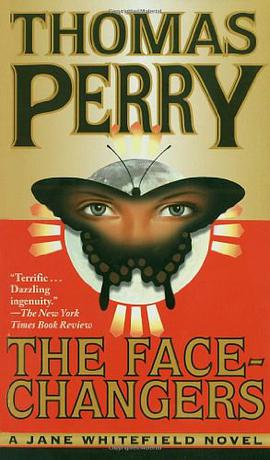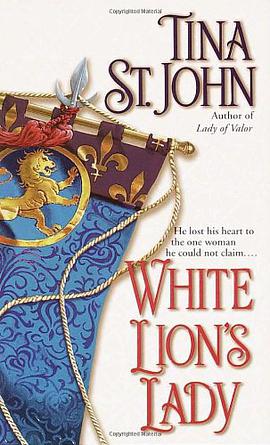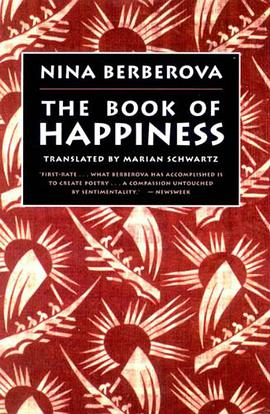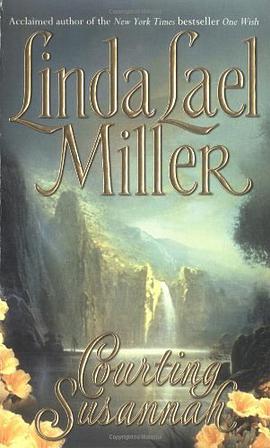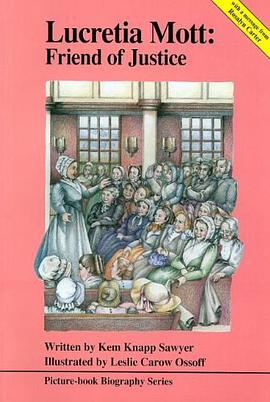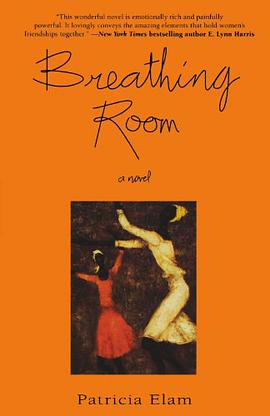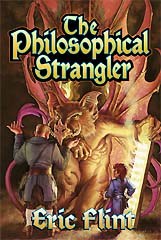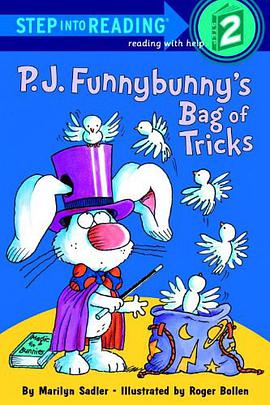

This book examines a range of art forms produced by Indians in northeastern North America for sale to travelers and tourists during the eighteenth and nineteenth centuries. The Aboriginal peoples of the Woodlands were the first in North America to experience economic and social marginalization and, in consequence, the first to rely on the production of commodities for the tourist trade. These hybrid art forms combine indigenous materials and techniques such as quillwork, moosehair embroidery, birchbark, and basketry with Euro-American genres and styles. Tourist art of the period is generally of high quality and great aesthetic interest. Yet scholars have largely ignored these objects because of their incorporation of Euro-North American influences. An innovative combination of fieldwork, art historical analysis, and historical contextualization, this study for the first time rigorously compares a Native souvenir production to a wide range of Euro-American decorative arts and home crafts. It identifies the sources of object types and styles and reveals the innovative differences displayed by Aboriginal trade wares. Images newly uncovered in archives and travel literature - including depictions of Native vendors and makers - illustrate the book, along with never before displayed or published objects from museum collections in Europe and North America.
具体描述
读后感
评分
评分
评分
评分
用户评价
相关图书
本站所有内容均为互联网搜索引擎提供的公开搜索信息,本站不存储任何数据与内容,任何内容与数据均与本站无关,如有需要请联系相关搜索引擎包括但不限于百度,google,bing,sogou 等
© 2025 book.wenda123.org All Rights Reserved. 图书目录大全 版权所有




